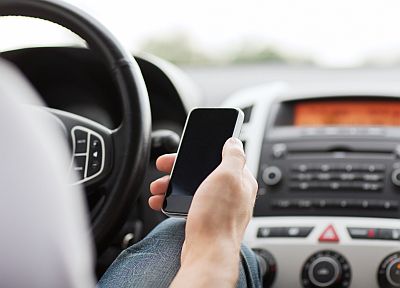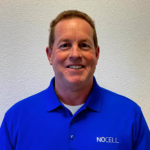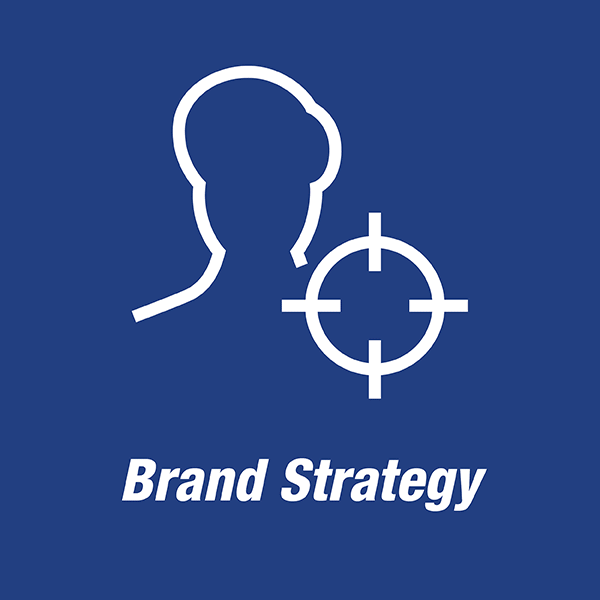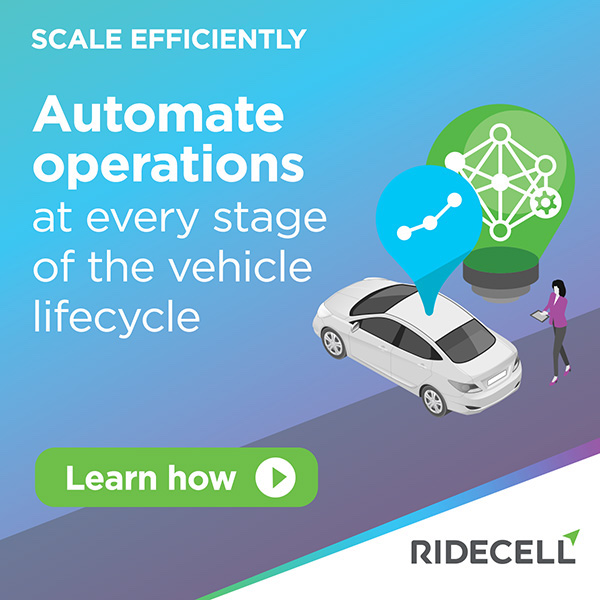
By Donald Dunphy, Contributing Editor
Risky driving remains a dangerous preoccupation across North America. To put it in perspective, even though the law and the automotive industry have resolved driving without a seat belt as the wrong behavior, thousands of tickets are issued every year for this exact thing.
It’s worse when it comes to distracted driving. Cell phones are typically used as a form of entertainment as much as communication. It fosters inattentiveness on a direct level, and as Corey Woinarowicz, Director of Business Development for Nocell Technologies states, “If you don’t use your seat belt, more often than not it won’t harm someone else. But if you use your phone while driving, you could potentially kill other people.”
Woinarowicz and Nocell Marketing Manager Connor Palumbo spoke with Fleet Management Weekly about Nocell’s distracted driving solution, the prevalent risk it imposes on fleets, and how coronavirus disease 2019 (COVID-19) has increased – not decreased – the potential of a distracted driving crash.
Who Bears Responsibility?
While both seat belts and distracted driving can represent persistent and dangerous driving behavior, the former tends to be sequestered to the area of personal driving. The latter has bled over into driving both personal and on company time, and that’s a huge risk for organizations.
“Clifford Mendelson, a Partner at the law firm Tucker Ellis LLP, recently gave a webinar talk on negligent entrustment and this was touched upon during that,” Woinarowicz said. “Sending out employees who drive distracted falls under negligent entrustment. If you are driving distracted and cause an accident, responsibility goes against the company as well.”
Presently, many companies have little more than a written cell phone policy covering them, many of which have no way to enforce that policy. “It’s a false sense of security,” Woinarowicz said. “When pressed, they will say the driver understood the policy and signed off on it… ‘we told them not to do it.’ But that is going to be interpreted not as the company enforcing their policy but as a slap on the wrist.”
If there’s a crash and it comes down to distracted driving, the assertion of the policy in and of itself does not have adequate weight for the defense but could be huge for the plaintiff. According to Woinarowicz, if the plaintiff finds out your organization has a cell phone policy – and that typically will be revealed during the case’s discovery phase – but you have no way to enforce the policy, measure compliance, or show active penalties for disregarding the policy, it goes against the defense and can lead to huge judgments against them. “It’s more damaging to have a cell phone policy and not enforce it than to not have a cell phone policy at all,” he said.
Palumbo added, “What gets investigated are the cell phone records, so if there’s an accident involving a fleet, that’s the first step. They will see if the driver sent out a call or a text during the time of the crash, see if there was a policy that rejected that behavior, and so on. But if it is just a policy on paper and there’s no active effort to prevent or enforce, it doesn’t do much justice after the fact.”
The Counterintuitive COVID Effect
Woinarowicz pointed to a study that went out mid-2020, finding that people who were in COVID-required lockdown were on their phones or checking on their phones over 150 times an hour. “It’s been called the ‘COVID couch.’ They took their habit and brought it into the vehicle with them.”
But there were half as many drivers on the road during peak lockdown periods. One might assume that fewer drivers would equate to fewer crashes, but the dangers of distracted driving multiplied. “With more open roads, people are driving distracted not at 45 miles an hour, but 85 miles an hour,” Woinarowicz said. “Instead of covering the distance of a football field in five seconds, they’re now covering two football fields in five seconds, and they’re looking down at their phone, not the road.”
Between March and May in 2020, the number of 100+ mile an hour tickets went up 70%.
At that rate, it is the law of physics, not the law of the land, that concerns most. “Because of the speed at which they were going before the crashes, these ended up causing more fatalities than fender-benders,” Woinarowicz added.
Technology to Counter Technology
Just as a fleet manager requires their drivers to buckle that seat belt whenever they drive a company vehicle, so too must they require drivers to not use cell phones in unauthorized ways. The consequence could be deadly as well as costly, and verbal and written warnings may not be enough to shift habits.
The main function of the Nocell platform, as Woinarowicz described it, is a small transponder tag attached to the corner of either the vehicle’s windshield or A-pillar. This pairs up with the phone in the cab, initiating the policy. “When the vehicle is set in motion, any phone application that is not authorized for use disappears from an app menu,” he explained. “With this, an organization can retain any app that may be necessary for the scope of work, for example GPS mapping. Everything else disappears until the vehicle is back in the parked position.”
There are gray areas to consider. Woinarowicz added, “If there is a driver who has a specific medical app, and they have to keep that functional to stay safe, the fleet manager can whitelist that app and that will stay active on the phone.”
Over time, there is a training benefit to a system like Nocell’s, as its limiters present a “cold turkey” breaking of habits.
“It interrupts that Pavlovian response people have with their phones and the need to constantly check it,” Woinarowicz said. “When drivers become used to the Nocell system, after a week or two they will realize the unwanted functions. The social media, the texting, the games – cannot be accessed, so they’ll stop reaching for the phone out of habit. The platform helps retrain the reflexive behavior drivers may have with their phones. If they do pick up the phone, a phone handling alert will be sent to the fleet admin.”
The platform is a many-to-many solution, meaning if a vehicle is used by either a single driver or multiple drivers, the initial pair-up with their phones is retained. Plus, if a vehicle has multiple passengers, permissions can be set to lock down only the driver’s phone, leaving the others relatively open. This would be left to the discretion of the fleet admin.
“We can also detect if there is a rogue device in the vehicle,” Palumbo said. “In this case, the primary phone is pristine, it’s not being used in any unauthorized way. But if they bring another phone into the vehicle to use for texting or whatever, the fleet admin will get the alert that there is that rogue device in the vehicle.”
According to Woinarowicz, the system will not interfere with other technology (ELD, Telematics, Camera, etc.) in the vehicle. “It is completely self-contained and plays well with others,” he said.
Culture, Buy-In, and Reducing Risk
While the Nocell platform actively shuts down the potential usage of unauthorized phone apps in vehicles, it remains a part of a wider effort for distracted driving reduction. Woinarowicz and Palumbo stated that having the written policy is still important, as is a top-down commitment from an organization to be good stewards of shared roadways.
Distracted driving is a behavioral problem both inside and outside of work. The larger conversation must still take place as those drivers exit work vehicles and drive on their off-hours, sharing the roads with others who could be driving recklessly. Promoting the culture of safety as the right thing to do, above and beyond being job-mandated, is imperative.
Such technology solutions affirm user-organizations are doing everything within their authority to make sure drivers are not contributing to the problem while reducing their risk potential as well, but there’s more at stake than the legal implications.
“Nocell is taking away the largest distraction in the cab,” Woinarowicz concluded, “and with every installation, we’re potentially saving lives. Everything else is gravy.”
Corey Woinarowicz/ Connor Palumbo





